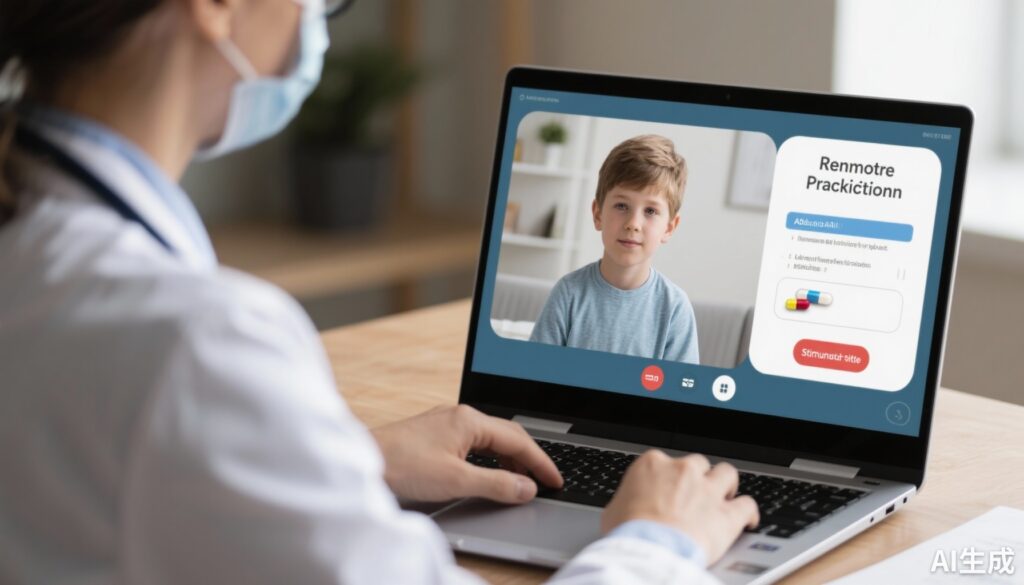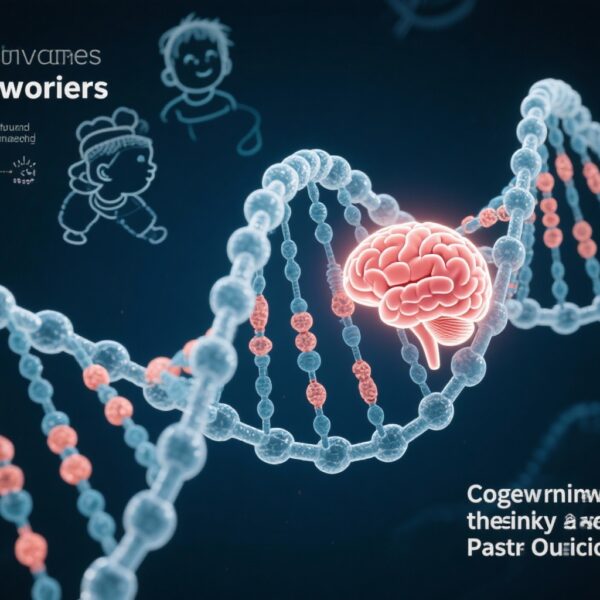Highlight
1. Telehealth prescribing of stimulants for ADHD does not significantly increase the risk for general substance use disorders (SUDs) compared to in-person care.
2. Initiating stimulant prescriptions via telehealth may be associated with increased risk for subsequent stimulant use disorder (stimUD).
3. Receiving care exclusively through telehealth without any in-person visits does not significantly alter the risk for either SUD or stimUD.
4. These findings require replication across multiple healthcare settings to validate clinical implications.
Study Background
Attention deficit hyperactivity disorder (ADHD) is a prevalent neurodevelopmental condition frequently treated with stimulant medications. Although stimulants improve core symptoms, there is ongoing concern regarding their potential to induce or exacerbate stimulant use disorder (stimUD) and other substance use disorders (SUDs). The advent and rapid expansion of telehealth—especially accelerated during the COVID-19 pandemic—have revolutionized psychiatric prescribing practices, including ADHD management.
Telehealth offers convenience and improved access but raises questions about the safety and appropriateness of initiating controlled medications remotely, given the limited ability for physical examination and verifying patient history. This retrospective study aimed to clarify the relationship between telehealth-based initial stimulant prescriptions and later risk of stimUD or other SUD, addressing a significant gap in evidence that informs regulatory policies and clinical practice.
Study Design
The investigation was a retrospective cohort study based on electronic health record (EHR) data from a not-for-profit, academically affiliated medical system in the Northeastern United States, from March 1, 2020, to August 25, 2023.
Eligible participants were patients aged 12 years or older diagnosed with ADHD who received their initial stimulant prescription during the study period. Patients with an existing non-nicotine substance use disorder diagnosis prior to the initial stimulant prescription were excluded to focus on incident SUD risk.
Key exposures included: (1) whether the patient had ever met their prescribing clinician in person versus exclusively telehealth interactions, and (2) whether the initial stimulant prescription was provided via telehealth or in-person visit.
Outcomes measured were the development of stimulant use disorder or other substance use disorders documented in the EHR subsequent to initial stimulant initiation.
Key Findings
The study cohort included 7,944 patients with ADHD initiating stimulant treatment.
1. When comparing patients managed exclusively via telehealth to those with any in-person provider relationship, there was no significant difference in risk for developing any SUD (adjusted odds ratio [aOR] 0.85, 95% confidence interval [CI] 0.60–1.20) or stimUD (aOR 1.28, 95% CI 0.34–4.85).
2. Comparing the modality of the initial stimulant prescription visit, telehealth vs in-person did not significantly increase SUD risk overall (aOR 1.15, 95% CI 0.92–1.44).
3. However, initial stimulant prescription via telehealth was associated with a significantly higher risk of subsequent stimulant use disorder (aOR 6.18, 95% CI 1.34–28.46), suggesting that the initial remote encounter might signal a subset of patients at increased vulnerability for stimUD development.
4. Confidence intervals were wide for stimUD outcomes, indicating lower event numbers and necessitating cautious interpretation.
Expert Commentary
This study addresses a critical, timely question as telepsychiatry and remote prescribing become integrated into ADHD care. While telehealth does not seem to increase generalized SUD risk, the elevated stimUD risk after initial telehealth prescribing warrants further investigation.
Potential explanations include the absence of a comprehensive physical examination or collateral information during telehealth assessments, which might affect the accuracy of patient selection and risk stratification for stimulants. Also, clinicians might impose greater caution during in-person visits, which are more conducive to building therapeutic rapport and monitoring.
Limitations include the retrospective design, single healthcare system data, and potential unmeasured confounders such as socioeconomic factors, severity of ADHD, and prior substance use patterns not captured. Additionally, the relatively low incidence of stimUD limits definitive conclusions and underscores the need for replication.
Despite these limits, the findings do not support withholding telehealth prescribing of ADHD stimulants but highlight the need for vigilant monitoring and risk assessment strategies after remote initiation.
Conclusion
The study provides important real-world evidence that receiving ADHD stimulant prescriptions exclusively via telehealth does not increase the overall risk of substance use disorders. However, an initial stimulant prescription delivered through telehealth may be associated with a heightened risk of stimulant use disorder, necessitating careful clinical evaluation and follow-up.
These results should guide clinicians and policymakers to balance improved access to care with awareness of potential risks. They emphasize the importance of developing robust telepsychiatric assessment protocols and monitoring frameworks to ensure safe stimulant prescribing.
Future prospective research across diverse health systems will be essential to confirm these findings, clarify mechanisms, and optimize ADHD care in the evolving telehealth landscape.
Funding and Trials
No specific funding sources or clinical trial registrations were reported for this retrospective analysis.
References
Rao V, Lanni S, Yule AM, McCabe SE, Veliz PT, Schepis TS, Wilens TE. Telehealth Prescribing of Stimulants for ADHD and Associated Risk for Later Stimulant and Substance Use Disorders. Am J Psychiatry. 2025 Aug 1;182(8):779-788. doi: 10.1176/appi.ajp.20240346. Epub 2025 Jun 11. PMID: 40495525.



